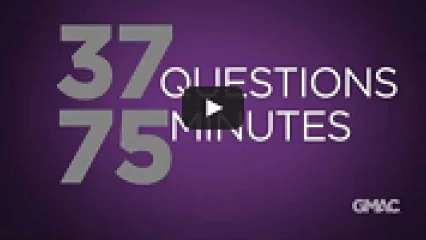GMAT rate problems often require a series of steps to get to the answer. This series of steps is often not immediately obvious because there are so many elements to the problem or because the math is couched behind some difficult language, or for many other possible reasons. This means that finding a clear path to the finish line is difficult with many GMAT rate problems.
Check out: Best GMAT Preparation Strategy: Computer vs. Paper
Figuring out the next step
This is okay. Rather than waste time working out a game plan, the best choice is to figure out just the next step you can take given the information you have, then repeat the process. In the case of GMAT rate problems, this is doing the next possible conversion. Erika walks you through exactly what this means by solving one of the real GMAT rate problems from the GMAT Prep software. Check it out in the video.
A broader strategy
With this strategy, you аre ready for the most conversion-heavy rate problems GMAT test writers throw at you. However, this isn't all — taking problems one step at a time when the solution is nоt immediately clear is one of the broader GMAT math strategies as you can apply it to a variety of multi-step problems. If you аre not sure what to do with a bunch of terms exponents, see how you can combine two or three of them, then see if it simplifies further with your new term. Maybe you have a complicated geometric figure. See which angle or side you can solve for now then see if you can solve more with the new information.
Check out: GMAT vs GRE: Does the GMAT Give MBA Applicants an Edge?
This strategy applies best to “distance rate” problems, but it can also be used on certain “work rate” and “interest rate” questions.



